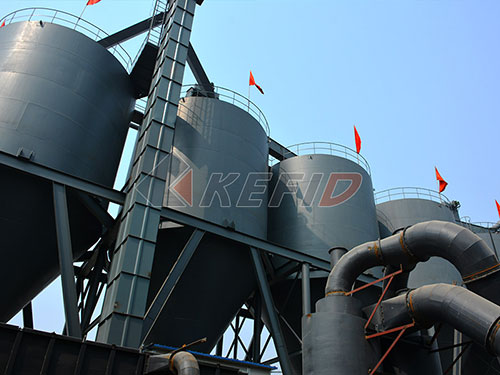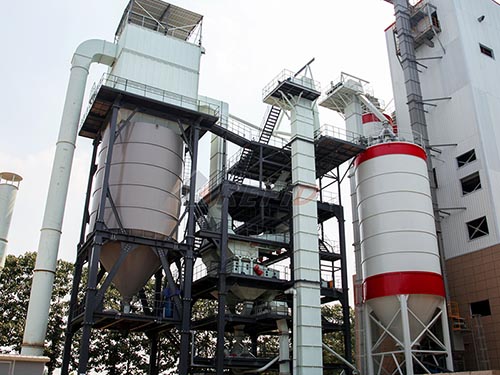The Impact Crusher: Versatile Powerhouse of Material Size Reduction
In the demanding worlds of mining, quarrying, construction, and recycling, efficiently reducing the size of rock and other materials is fundamental. Among the arsenal of crushing equipment available, the Impact Crusher stands out as a remarkably versatile and efficient solution prized for its ability to produce high-quality cubical aggregates with relatively low operating costs. This article explores the workings, advantages, applications, and key considerations surrounding this dynamic machine.
The Core Principle: Harnessing Kinetic Energy
Unlike compression crushers (like jaw or cone crushers) that squeeze material between rigid surfaces until it breaks, an impact crusher operates on a fundamentally different principle: high-speed impact.
1. Feed Introduction: Material enters the crushing chamber.
2. Rotor Acceleration: The heart of the machine is a high-speed rotating rotor fitted with hammers/blow bars.
3. Impact Event: As material enters the rotor’s path:

It is struck violently by the hammers/blow bars.

It is hurled against fixed impact plates or aprons (anvils) lining the crushing chamber walls.
4. Attrition & Breakage: Size reduction occurs primarily through:
Direct Impact: Forceful blows from hammers.
Particle-on-Particle Impact: Material striking other material accelerated by the rotor (“rock-on-rock” crushing).
Shear & Attrition: Friction between particles and against chamber walls.
5. Control & Output: The gap between the rotor and impact aprons can often be adjusted hydraulically or mechanically to control the final product size and shape without changing blow bar profiles significantly.
Advantages Driving Popularity
Impact crushers offer compelling benefits:
1. Superior Cubical Shape: This is arguably their most significant advantage over compression crushers in many applications. The intense impacts tend to fracture material along natural cleavage planes, producing more uniformly shaped cubicle particles essential for high-strength concrete mixes and road base layers where interlocking aggregate shapes are critical.
2. High Reduction Ratios: Capable of achieving large feed-to-product size reduction ratios in a single stage (often up to 20:1), simplifying plant design compared to multi-stage compression circuits.
3. Versatility in Feed Material: Can effectively handle a wide range of materials – from soft limestone and recycled concrete/asphalt to harder materials like granite or

Leave a Reply